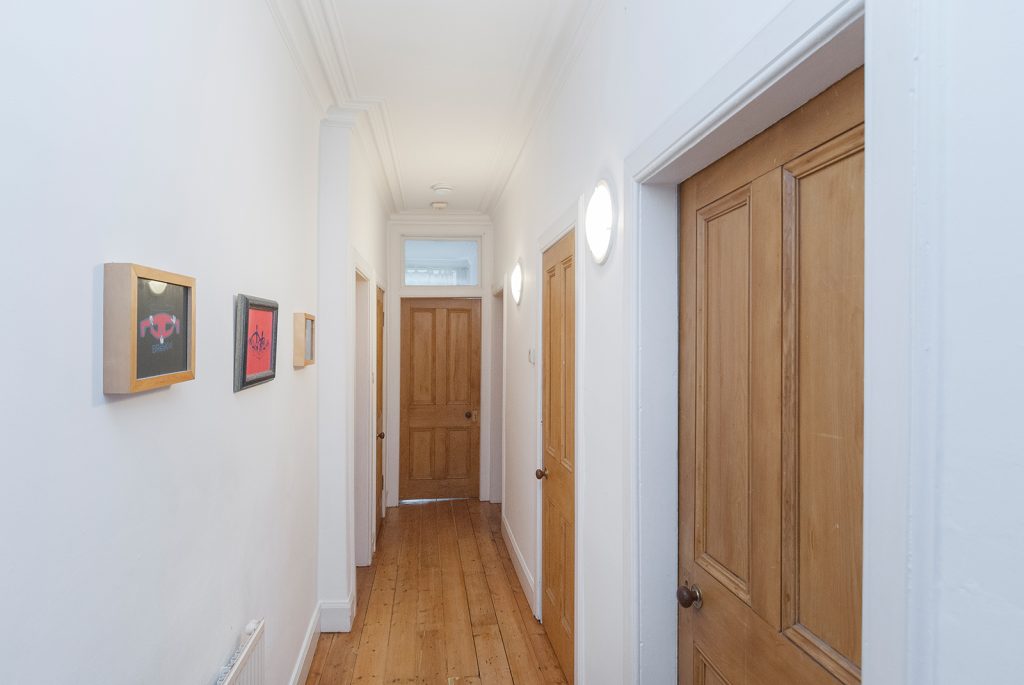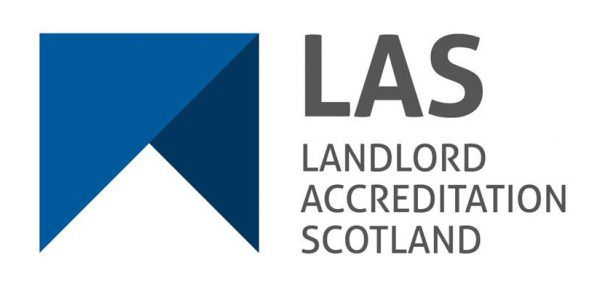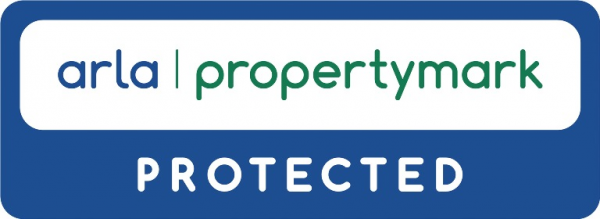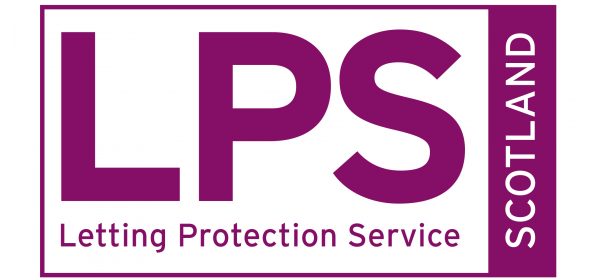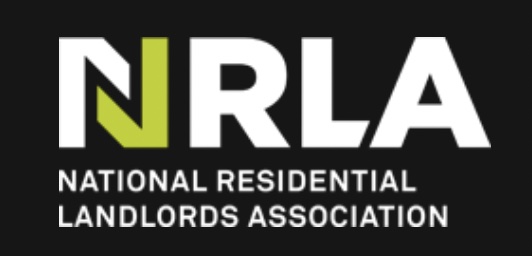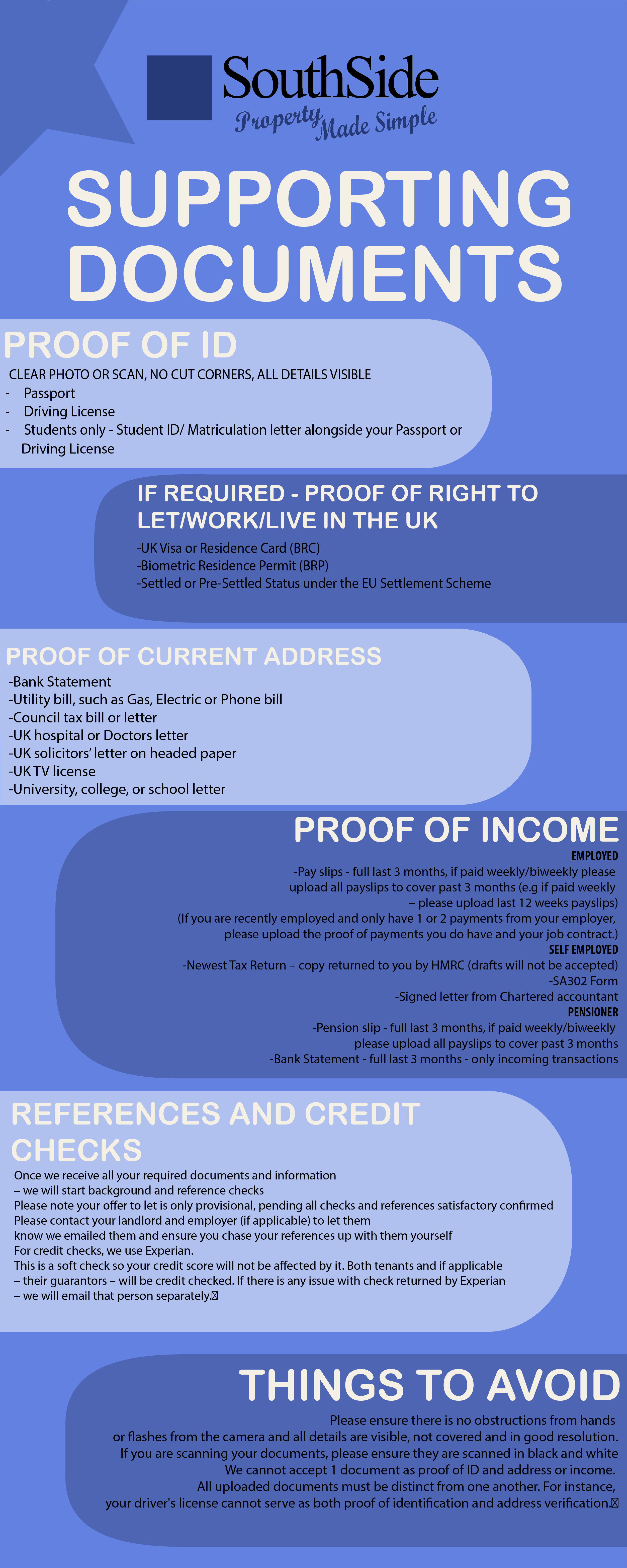Converting your rental property into an HMO (House of Multiple Occupation) can be a great way to boost your rental income. That being said, this conversion project is a complex and potentially expensive one, so it’s important to carefully consider the pros and cons before you get started.
Today, we’re going to help you do just that, with an explanation of the process as well as some advantages and disadvantages of investing in HMO property.
What is an HMO property?
An HMO property is one where three or more people from more than one household live together. A household in this instance could mean family members or a couple. There are strict guidelines for HMO properties, including the size of bedrooms. These vary from council to council and are subject to change.
Currently in Edinburgh, no bedroom in an HMO property can be smaller than 6.5 square metres (and 2.25 metres wide), or 10 square metres if the property doesn’t have a shared living area of at least 11 square metres. For the most up-to-date requirements, make sure to check your local council’s website.
HMO property pros
1. Higher rental income
The most obvious advantage of an HMO property is that you can charge rent by bedroom, which means your overall rental income may well increase significantly. When your property has more unrelated tenants living in it you can charge more per person, within reason. Doing your research into the going rate for HMO properties in your area is a must for figuring out your optimal rent.
2. More secure rental income
It may be more difficult to retain long-term tenants in an HMO property, which could mean more void periods in your property. However, it’s common for at least one tenant to stay on while someone else moves out, so your rental income is unlikely to drop to zero overnight.
The same goes for when a tenant falls into arrears. While they may not be able to pay their portion of the rent for a time, other people in your property likely will, protecting your rental income.
3. High demand
Especially in larger cities, there’s high demand for HMO flats. They’re especially popular living arrangements for students and young professionals hunting for a good deal and a a chance to live with friends. This high demand also further reduces the risk of long void periods.
The amount of interest in HMO living will of course depend on where you are, so do your research. Speaking with a local property manager is the easiest way to do so.
HMO property cons
1. Making sure you stay compliant
Managing an HMO property comes with a lot of red tape. This is to protect renters and provide them with a safe and comfortable home. Requirements vary depending on where the property is located, but you can expect to provide the following information when applying for an HMO licence:
- A detailed floorplan
- Electronical safety certificate
- Gas safety certificate
- Fire safety details
2. High upfront costs
You will likely also need to carry out some renovations in your property to meet HMO standards. Renting out a non-licensed HMO property go all the way up to £50,000, so it’s important to get this right. These renovations may include the installation of fire doors, reconfiguring layouts to make rooms meet minimum requirements or installing something like a new boiler.
You might also want to make use of extra rooms to be able to bring in more tenants and charge more rent. Reception and dining rooms may become extra bedrooms, while large cupboards and box rooms lend themselves well to extra bathrooms.
All of these renovations, coupled with HMO licence fees and new furniture can cost a pretty penny upfront before you start to see return on your investment from your higher rental income.
3. More wear and tear
With more tenants, you can also expect more wear and tear to your property. This means you may have to replace items and carry out repairs more often. You may also need to review your landlord’s insurance, as your current plan may not cover HMOs due to the increased wear associated with HMO properties.
4. Mortgages and resale value
Finally, it’s worth mentioning that you may need to refinance your property when converting it into an HMO. This is because not all buy-to-let mortgages cover HMO properties. To qualify for one, you’ll likely need to provide proof of your experience as a landlord. HMO mortgages tend to also be more expensive, both in terms of fees and interest rates.
Additionally, capital growth is likely not going to be as impressive as for non-HMO properties since you’ll likely be selling your HMO property to another landlord rather than someone who intends to live in the property themselves.
Getting an HMO licence in Edinburgh
As we already mentioned, if you want to convert your property into an HMO, you’ll have to apply for a licence to do so from your local authority. The fees associated with this process vary, but you can access the current fees for Edinburgh here.
In Edinburgh, you’ll initially need to apply for a one-year licence, after which you can apply for a three-year one for the same cost.
HMO property management in Edinburgh
Edinburgh is an especially attractive location for HMO property investment due to its large population of young renters from students to those starting their careers. These people often choose to live in flat shares to save money and enjoy the social aspects of the living arrangement. Edinburgh’s large number of sizable Victorian tenement flats are also very suitable for HMO conversions due to their large room sizes.
If you’re interested in making your buy-to-let an HMO property, you’ve come to the right place. At Southside Property Management, we can support you every step of the way, from necessary renovations to the HMO licence application process to sourcing and managing your tenants. Get in touch with us today to find out more.




